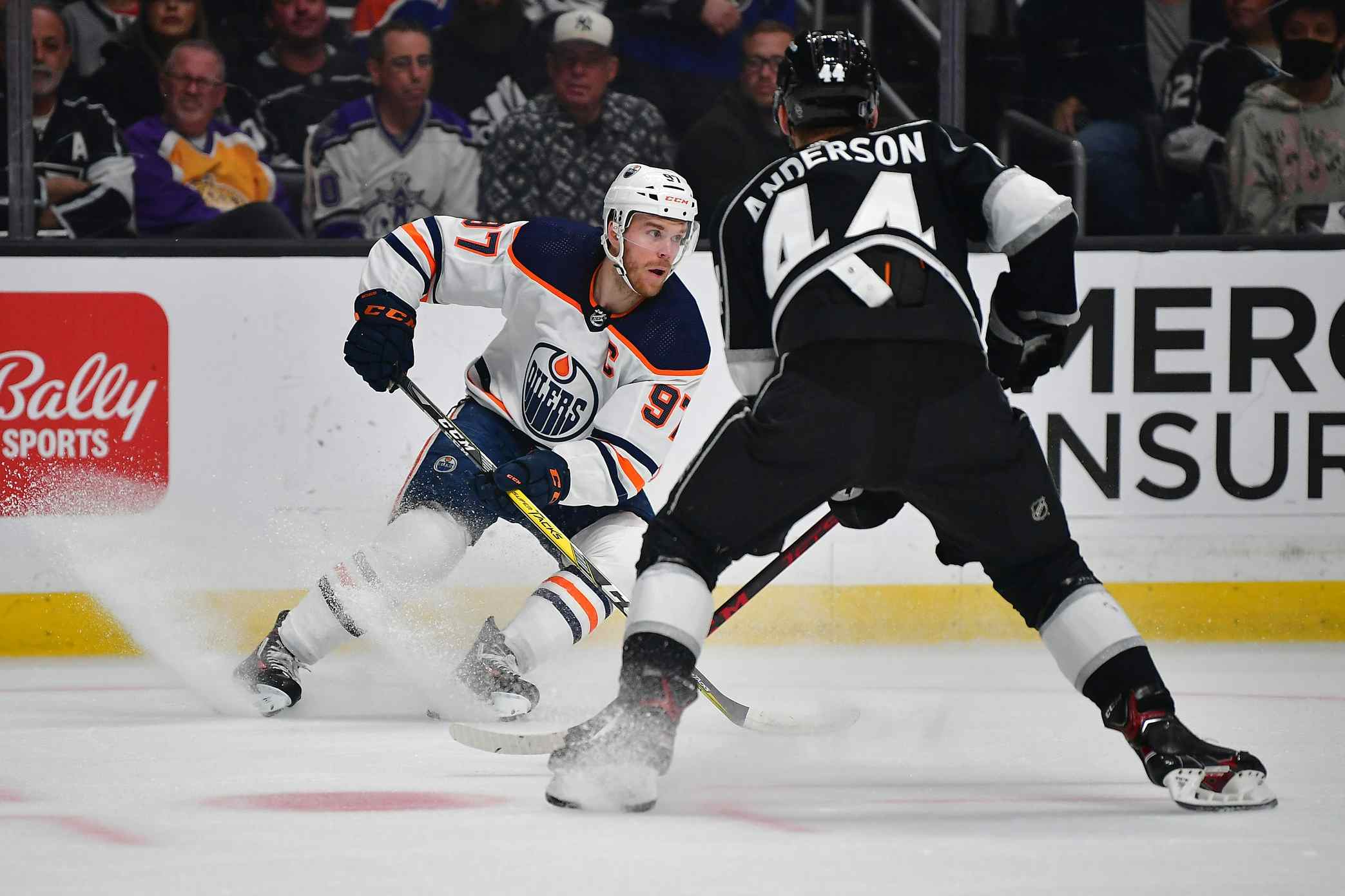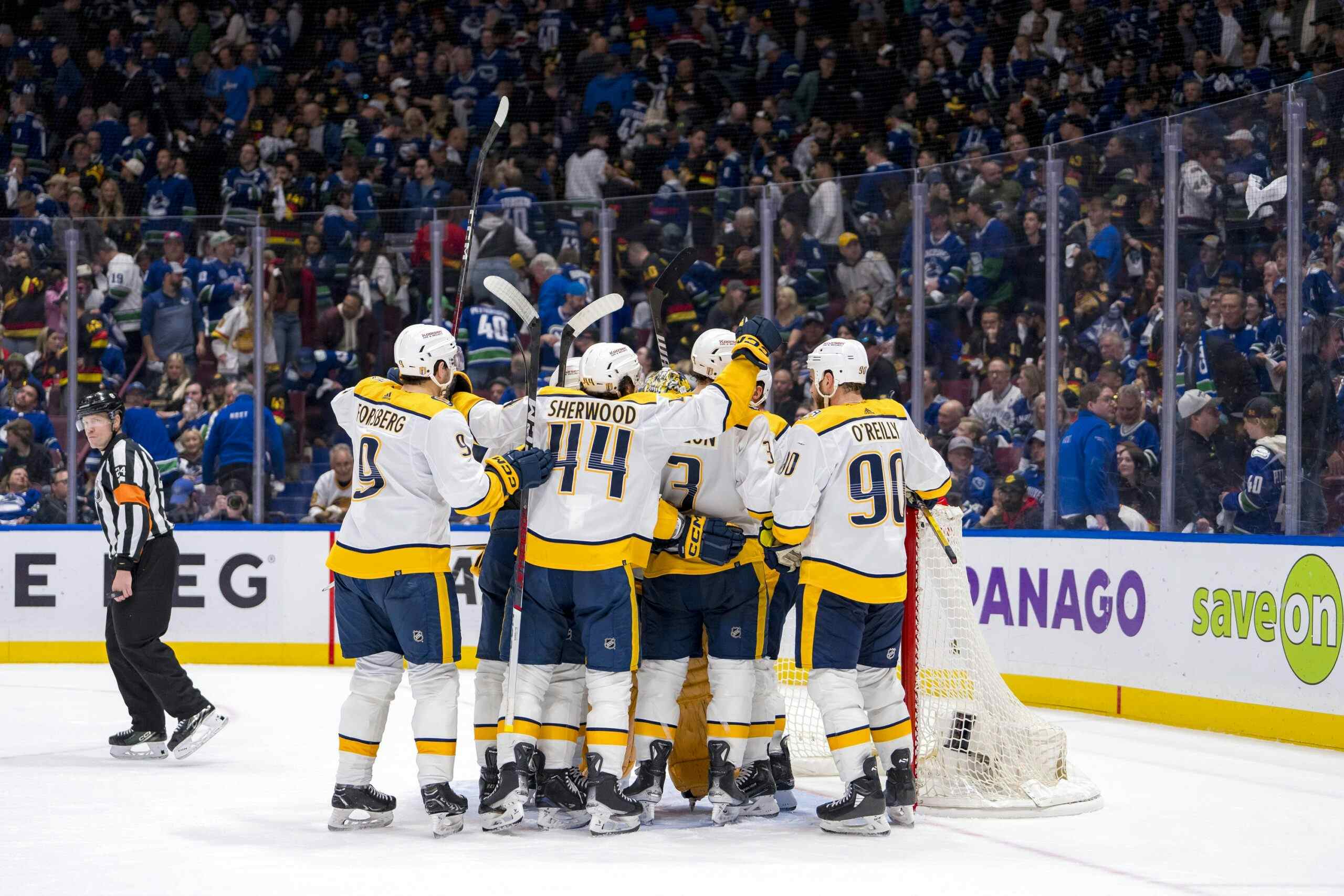Paradigm shift
I think it’s a universal truth that we view life through the lens of our own experience. One of the best things I find about reading a variety of different takes on the same subject is challenging my own preconceived notions, and expanding my perspective on different issues.
I’ve referenced foreign news organizations before, but one of the best things I’ve ever read from that perspective is Gibbon’s The History of the Decline and Fall of the Roman Empire (although I’ll confess that I haven’t finished it yet). Early into volume one, I was surprised by Gibbon’s view of slavery; because Gibbon wrote The History in the 1700s when slavery was common practice, he writes as a pragmatist rather than a moralist. No modern historian could write about the practice in such a practical manner; he’d be obliged to insert some indignation so as to make it clear that he stood against the practice. While absolutely correct, such moralization clouds the account with a modern perspective, and one that was alien to Ancient Rome.
In any case, my particular perspective is coloured as a result of my work; I’m an oil-patch guy, and I tend to relate things that I see or read about to things I’ve seen happen in the industry. There’s been a tremendous push, even since I entered the industry a little over four years ago, towards safety. What is now accepted practice is a radical departure from how most companies operated twenty, or even ten, years ago. The requirements of this new safety-first model are often bizarre, or counterproductive.
As an example, one company recently instituted a mandatory lateral-impact hardhat (a hardhat with a ¾” or 1” thick interior Styrofoam lining) requirement in a low-risk environment where the temperature often topped 30ºC. After men began collapsing from heat exhaustion, the policy was mercifully adjusted. In any case, despite its occasional excesses, this new focus on safety is manifestly better than what preceded it.
Such shifts have been happening in every field of human endeavour, all down through human history. In the hard sciences, such changes are often referred to as “paradigm shifts,” based on the work of Thomas Kuhn and others. They occur in politics, in societal norms, and often in areas of less importance, such as in pop culture or sports.
These shifts have also taken place within hockey. Roger Neilson was the chief instigator of the last major shift, which had three key features:
- greater use of technology, specifically video tape
- training innovations including off-season training and pre-game stretches
- the use of real-time statistics
There isn’t a team in the NHL that doesn’t use all three of those techniques now; there wasn’t a team that used all three (and many teams didn’t use any of them) when Roger Neilson broke into hockey. I’m not going to get into that shift any further, but I have written about it in the past.
The reason why I’m writing about this now is because I think another shift is coming (or rather, an extension of the Neilson shift) in hockey, and soon, because the process has already begun. Consider the following:
— The Buffalo Sabres dismantled their extremely successful amateur scouting department and moved to a largely video-based system in the 2006 off-season. It’s a move that has been unsurprisingly condemned by the scouting community, and one that, when mentioned by the MSM, is usually written off as penny-pinching. Meanwhile, one of Scott Howson’s first moves as the GM of the Columbus Blue Jackets was to implement a similar video scouting system, as he hired away video scout Bryan Stewart from the Sabres.
— New Vancouver Canucks GM Mike Gillis has publicly stated that he subscribes the methods presented in Billy Beane’s Moneyball; methods that are now widely accepted in baseball but are considered unorthodox by the hockey establishment. These methods involve placing greater value on results as measured by statistical analysis then on process, as measured by visual scouting.
— Coleman Analytics, a consulting company founded by ex-Blackhawks GM Mike Smith and statistics guru Richard Coleman, provides unorthodox statistical information to five different NHL teams, at a cost exceeding $50,000 to each of them for the basic service. They also offer an advanced scouting tool for coaches for an additional fee.
— Various NHL coaches, most notably Ron Wilson, compile an impressive array of real-time statistics that help guide their approach to individual players. It’s an approach that still hasn’t been accepted in the mainstream; Wilson’s assistant Tim Hunter put it this way: “We’ve got numbers in hockey, too. It’s just that nobody is using them.”
I think it is coming. It’s only a matter of time. Of course, it won’t be uniformly a good thing; statistical analysis has its limitations and it is hazardous to try and exceed them. Much like safety, people can get stupid with their assertions; perspective is required.
That said, the hockey community as a whole hasn’t taken advantage of advanced statistics the way that they should; if they had, we wouldn’t need to witness things like Jan Hejda being let go in the off-season, or Joffrey Lupul implode when he faces legitimate competition.
Recent articles from Jonathan Willis






